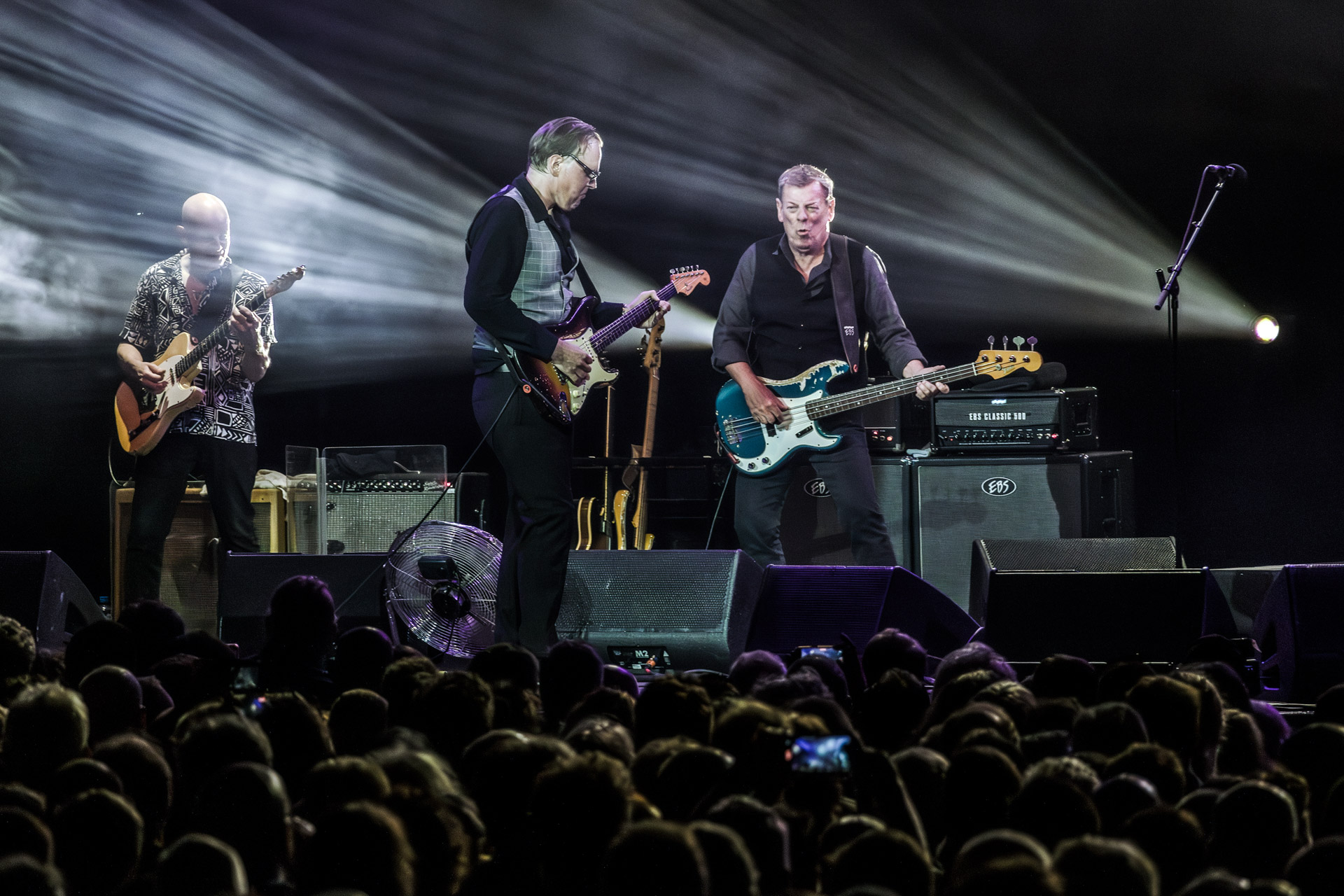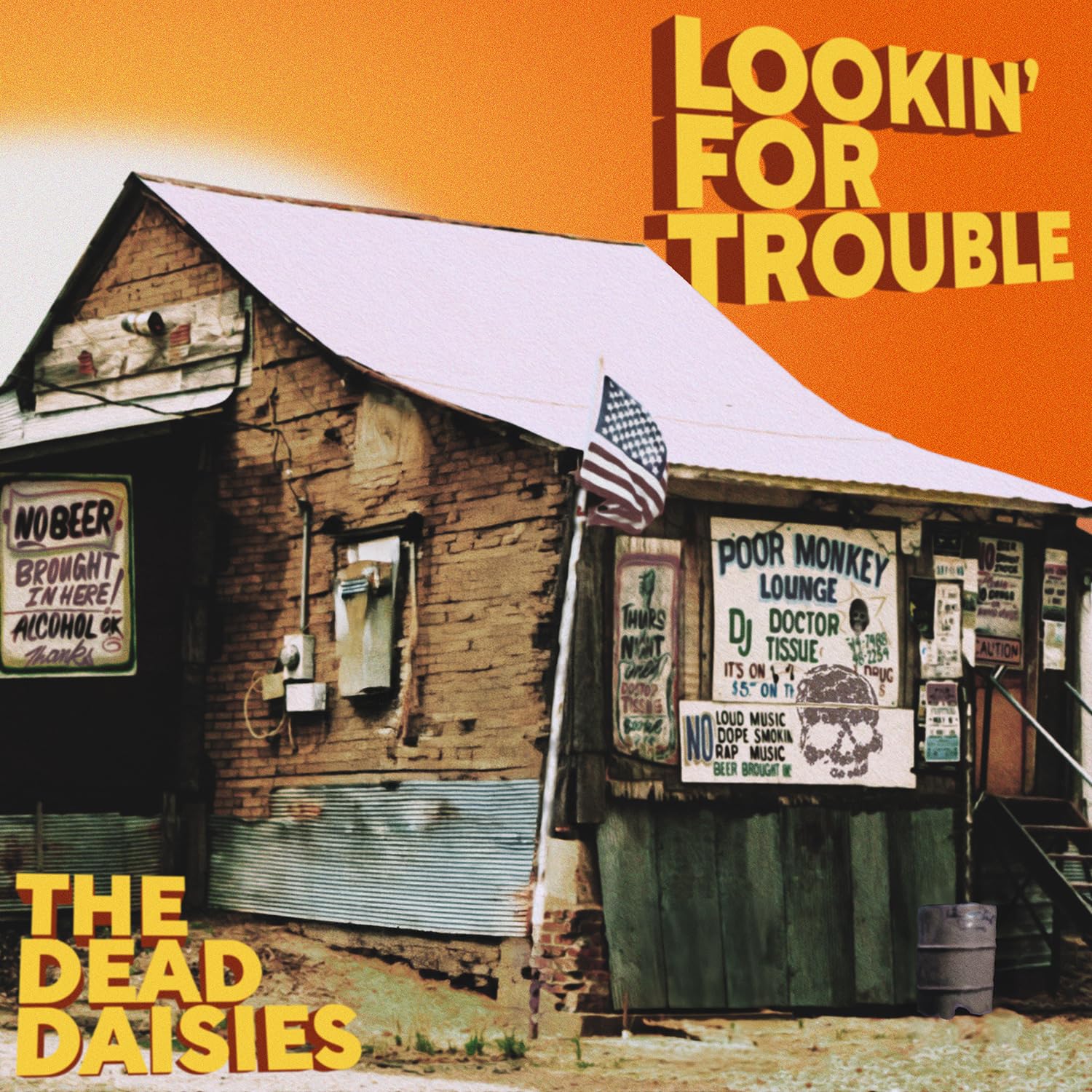Tony Russell “Charles” Brown (September 13, 1922 – January 21, 1999) was an American blues singer and pianist whose soft-toned, slow-paced blues-club style influenced blues performance in the 1940s and 1950s. Between 1949 and 1952,
Brown had seven Top 10 hits in the U.S. Billboard R&B chart. His best-selling recordings included “Driftin’ Blues” and “Merry Christmas Baby”.
Brown was born in Texas City, Texas. As a child he loved music and received classical music training on the piano. He graduated from Central High School in Galveston, Texas, in 1939 and Prairie View A&M College in 1942 with a degree in chemistry.
He then became a chemistry teacher at George Washington Carver High School in Baytown, Texas, a mustard gas worker at the Pine Bluff Arsenal at Pine Bluff, Arkansas, and an apprentice electrician at a shipyard in Richmond, California, before settling in Los Angeles in 1943.
In Los Angeles, an influx of African Americans from the South during World War II created an integrated nightclub scene in which black performers tended to minimize the rougher blues elements of their style.
The blues-club style of a light rhythm bass and right-hand tinkling of the piano and smooth vocals became popular, epitomized by the jazz piano of Nat King Cole. When Cole left Los Angeles to perform nationally, his place was taken by Johnny Moore’s Three Blazers, featuring Brown’s gentle piano and vocals.
The Three Blazers signed with Exclusive Records, and their 1945 recording of “Drifting Blues”, with Brown on piano and vocals, stayed on the U.S. Billboard R&B chart for six months, putting Brown at the forefront of a musical evolution that changed American musical performance.
Brown led the group in a series of further hits for Aladdin over the next three years, including “New Orleans Blues” and the original version of “Merry Christmas Baby” (both in 1947) and “More Than You Know” (1948).
Brown’s Style Dominated
Brown’s style dominated the influential Southern California club scene on Central Avenue, in Los Angeles, during that period. He influenced such performers as Floyd Dixon, Cecil Gant, Ivory Joe Hunter, Percy Mayfield, Johnny Ace and Ray Charles.
In the late 1940s, a rising demand for blues was driven by a growing audience among white teenagers in the South, which quickly spread north and west.
Blues singers such as Louis Jordan, Wynonie Harris and Roy Brown were getting much of the attention, but what writer Charles Keil dubs “the postwar Texas clean-up movement in blues” was also beginning to have an influence, driven by blues artists such as T-Bone Walker, Amos Milburn and Brown.
Their singing was lighter and more relaxed, and they worked with bands and combos that had saxophone sections and played from arrangements.
Brown left the Three Blazers in 1948 and formed his own trio with Eddie Williams (bass) and Charles Norris (guitar). He signed with Aladdin Records and had immediate success with “Get Yourself Another Fool” and then had one of his biggest hits, “Trouble Blues”, in 1949, which stayed at number one on the Billboard R&B chart for 15 weeks in the summer of that year.
He followed with “In the Evening When the Sun Goes Down”, “Homesick Blues”, and “My Baby’s Gone”, before having another R&B chart-topping hit with “Black Night”, which stayed at number one for 14 weeks from March to June 1951.
His final hit for several years was “Hard Times” in 1951. Brown’s approach was too mellow to survive the transition to the harsher rhythms of rock and roll, despite his recording in Cosimo Matassa’s New Orleans studio in 1956, and he faded from national attention.
Though he was unable to compete with the more aggressive sound that was increasing in popularity, he had a small, devoted audience, and his songs were covered by the likes of John Lee Hooker and Lowell Fulson.
His “Please Come Home for Christmas”, a hit for King Records in 1960, remained seasonally popular.[3] “Please Come Home for Christmas” had sold over one million copies by 1968 and was awarded a gold disc in that year.
In the 1960s Brown recorded two albums for Mainstream Records.
Read more on Wikipedia
Complied by SHARON Q






